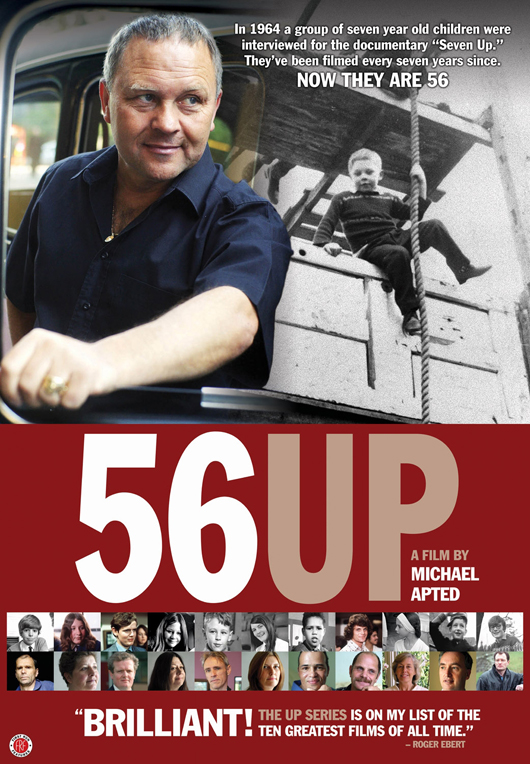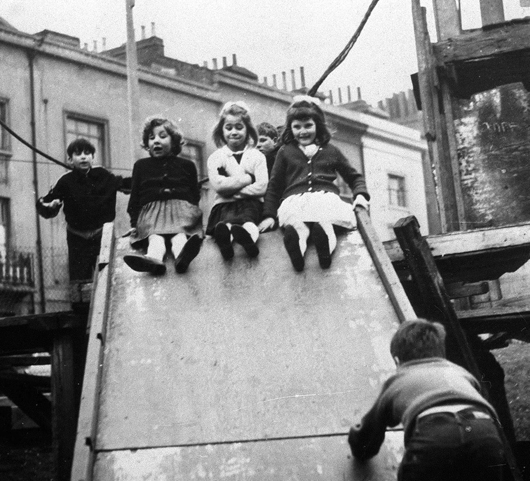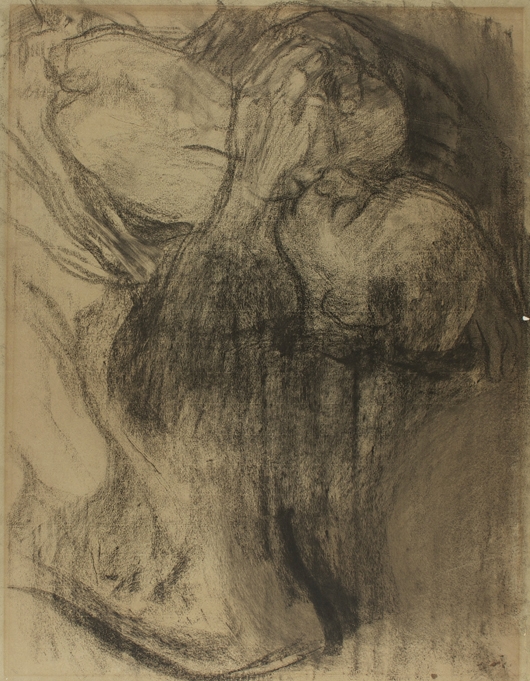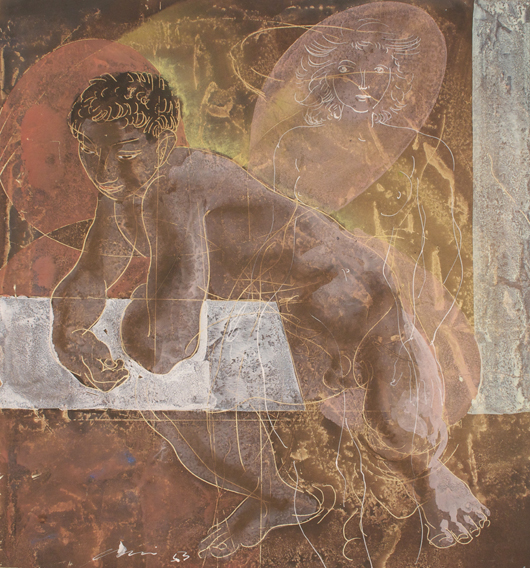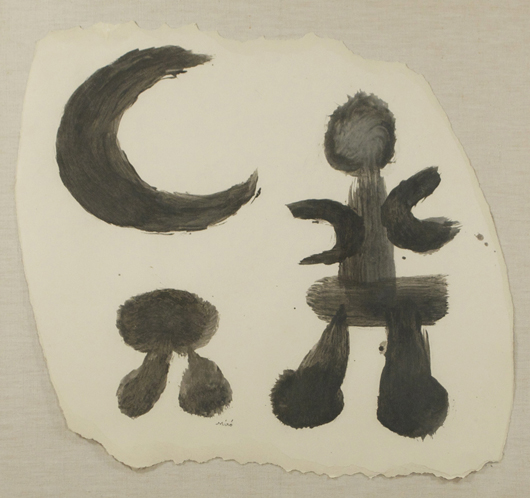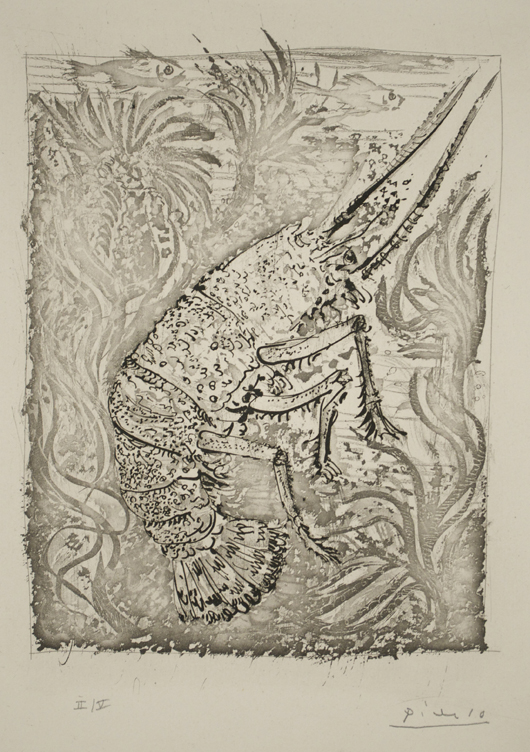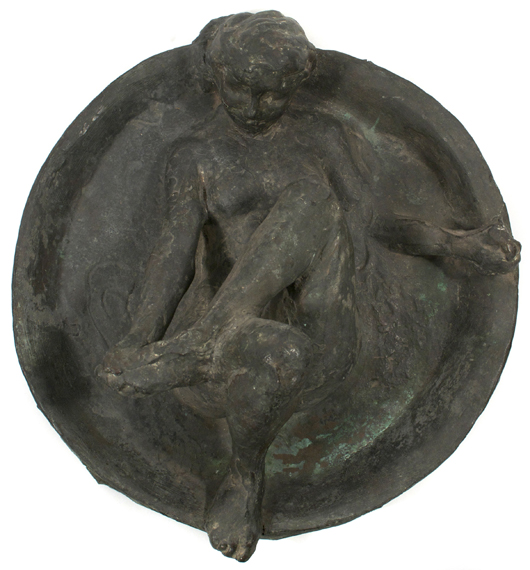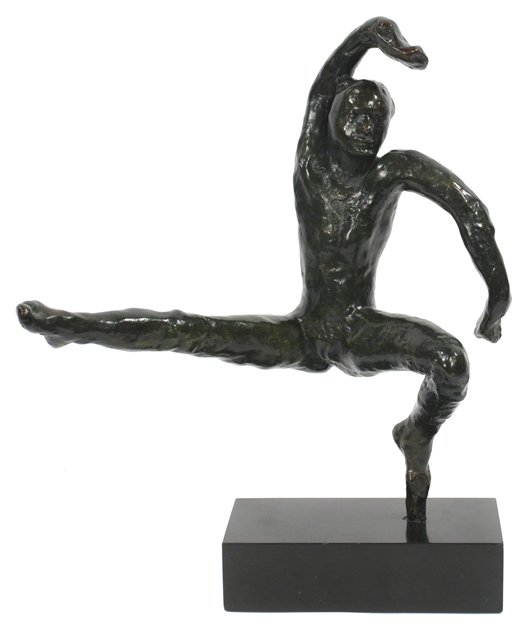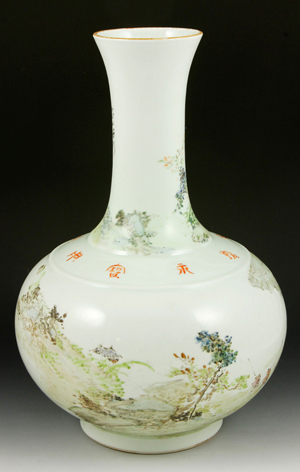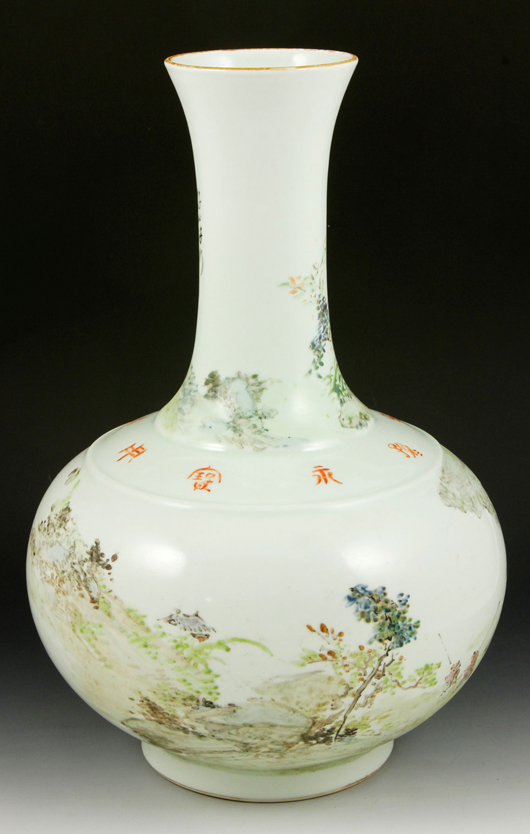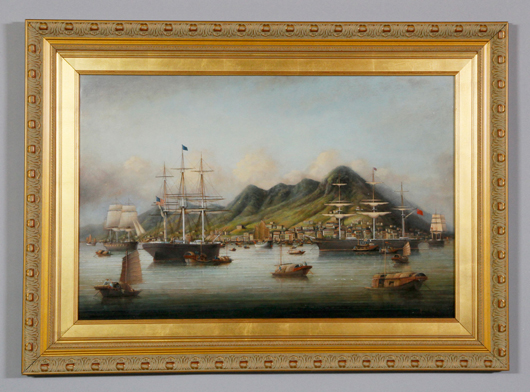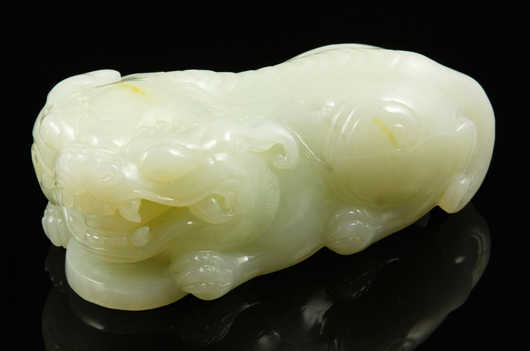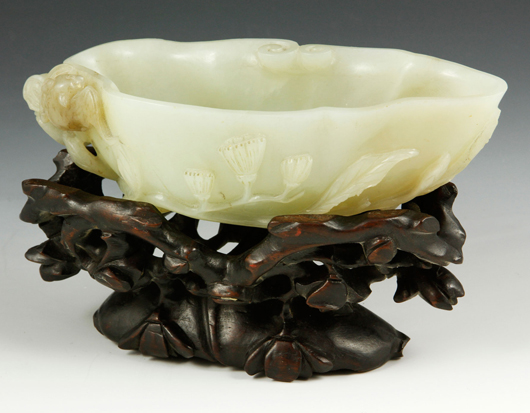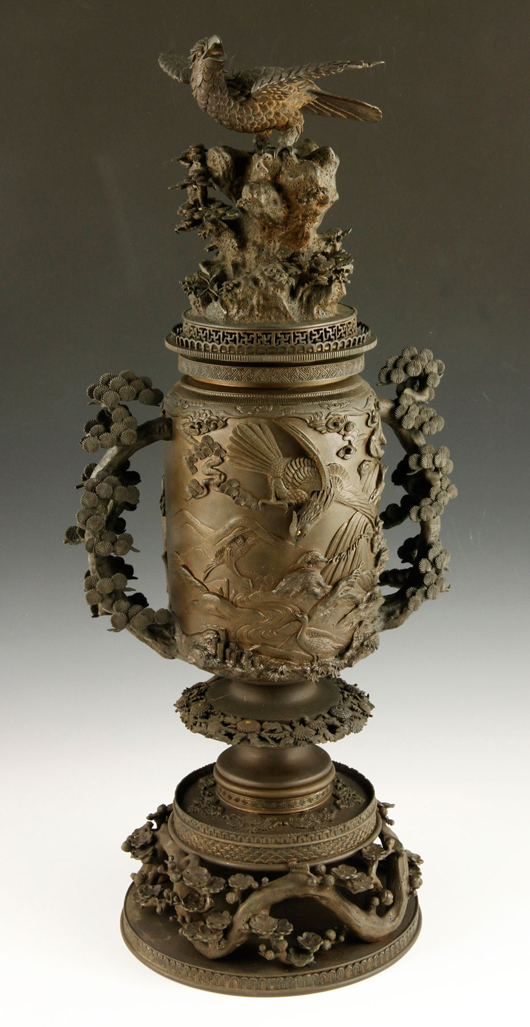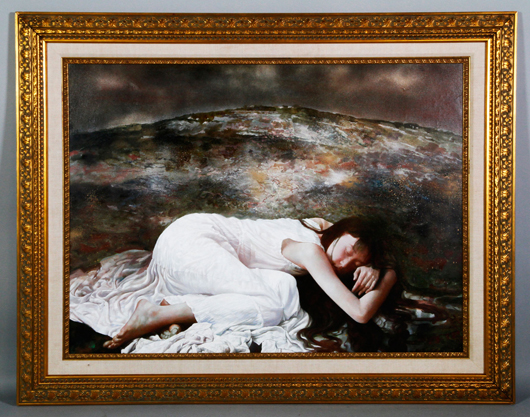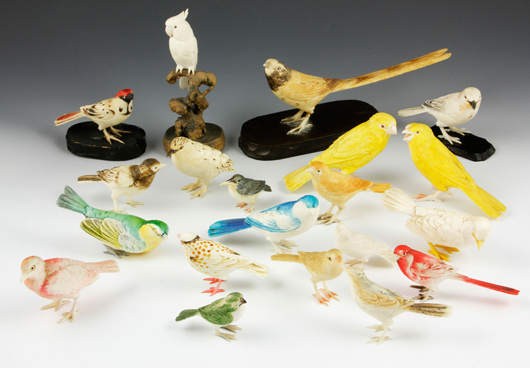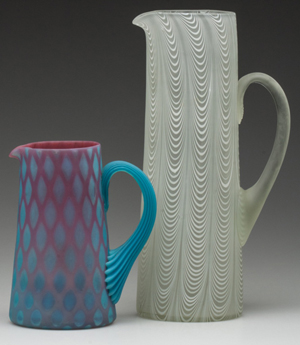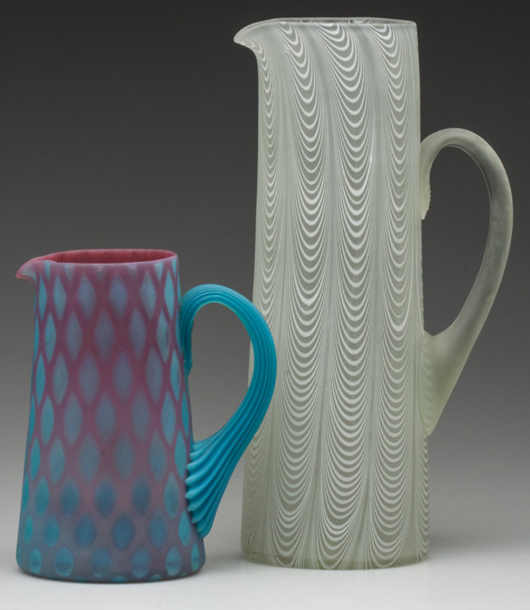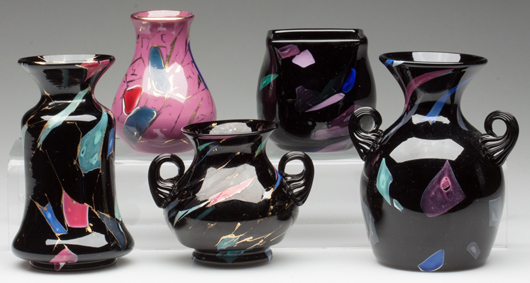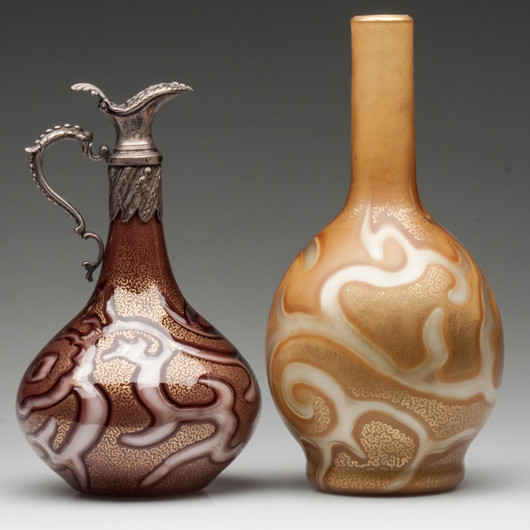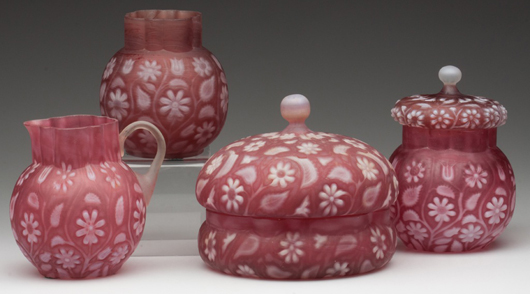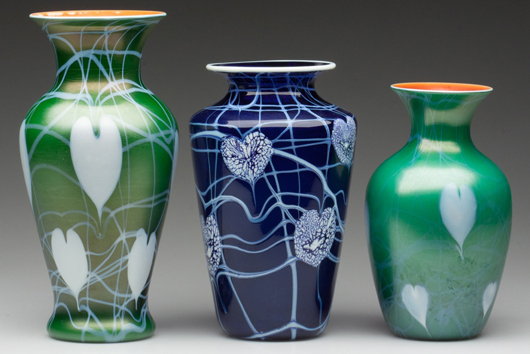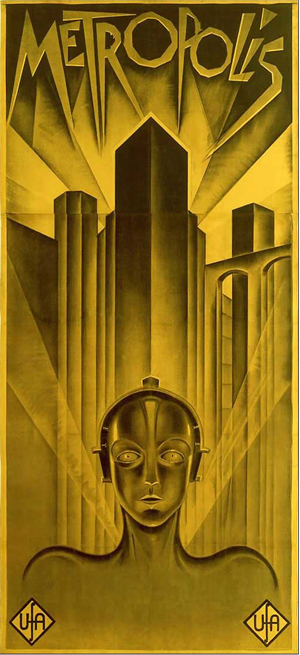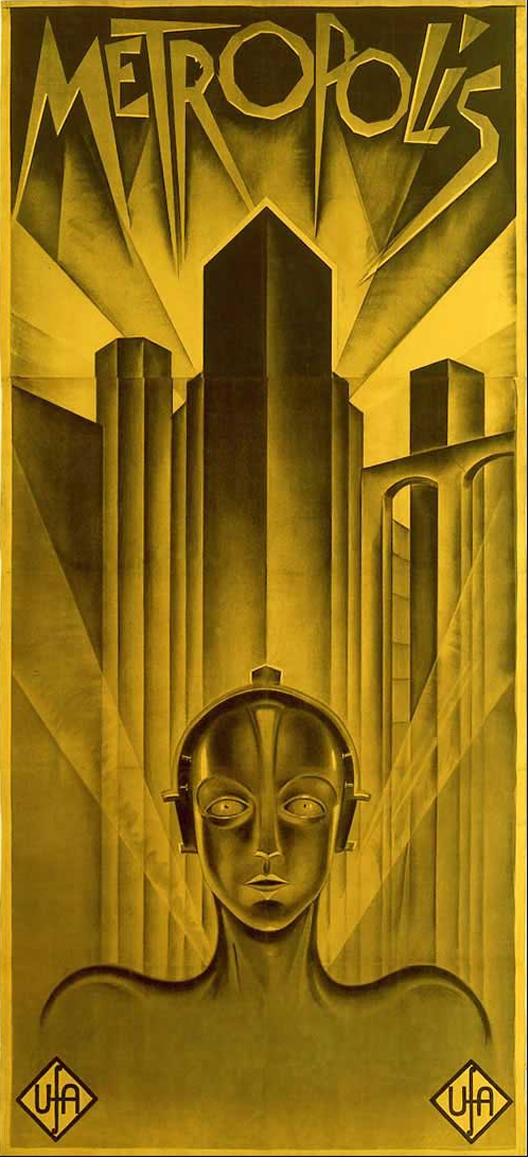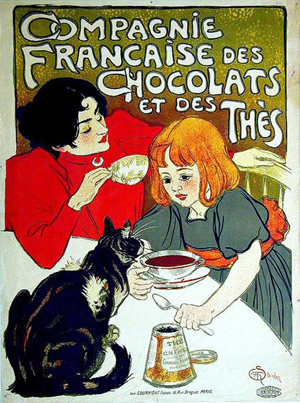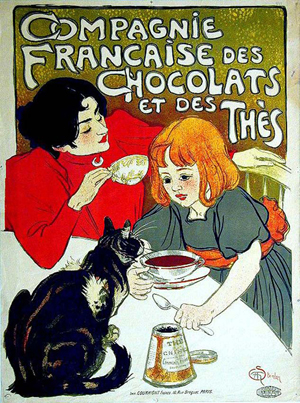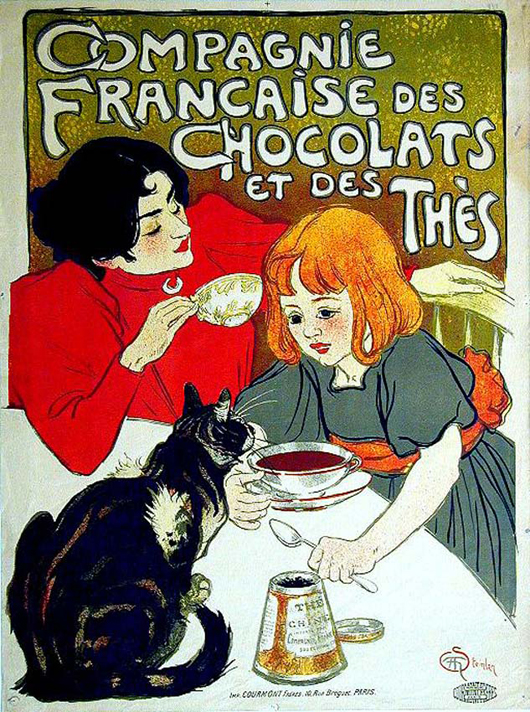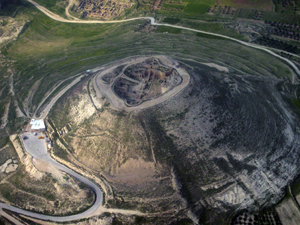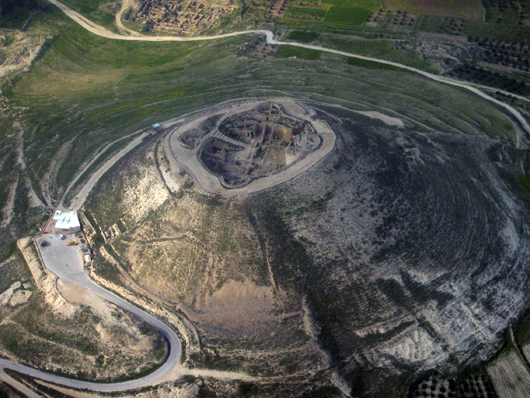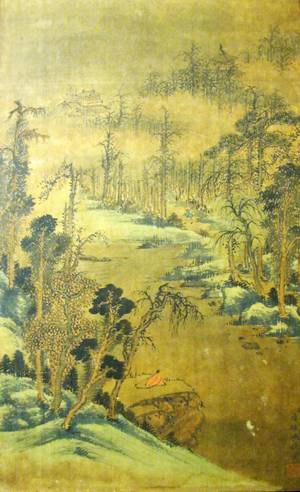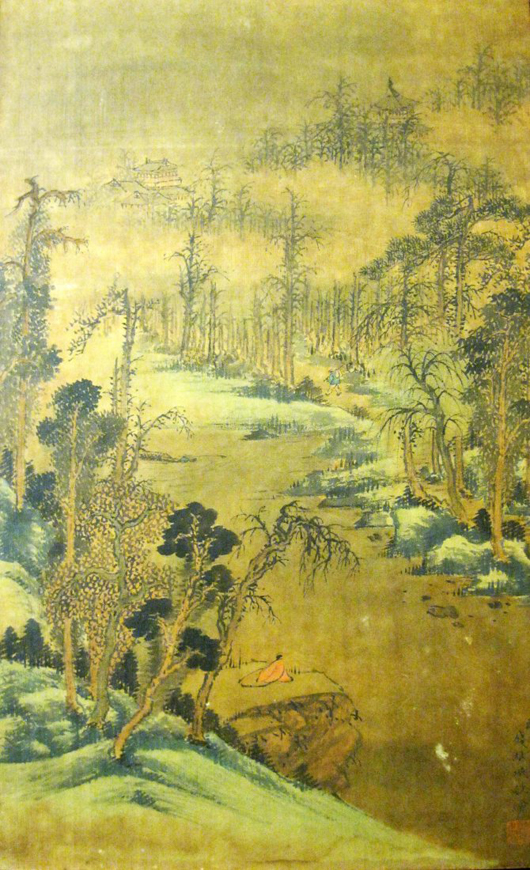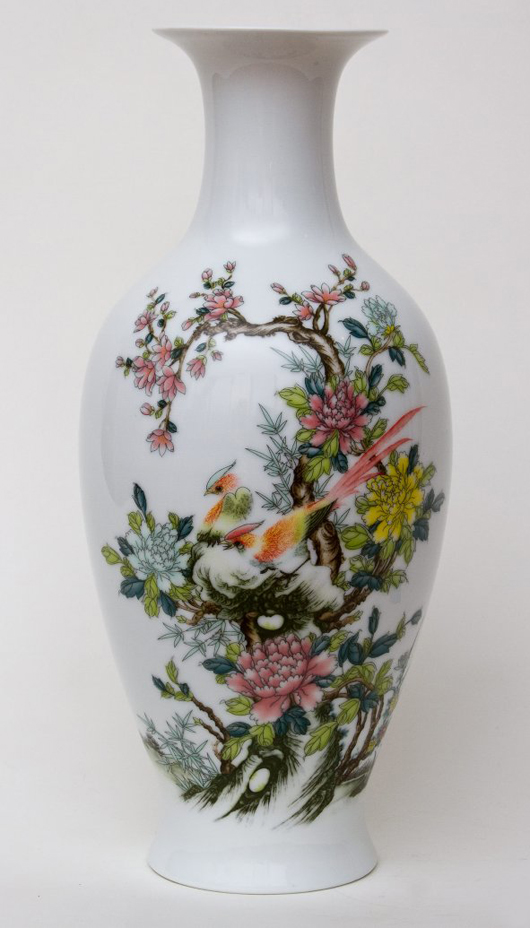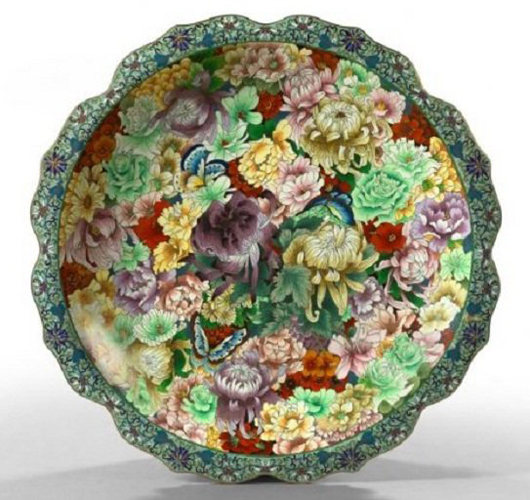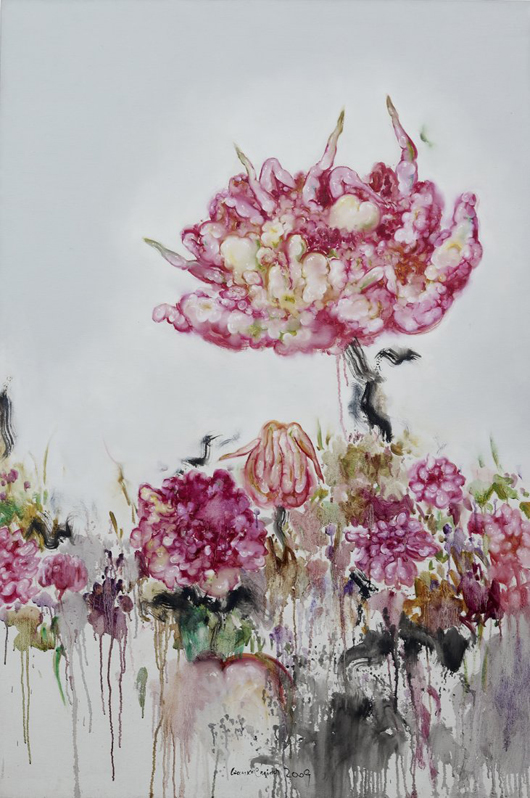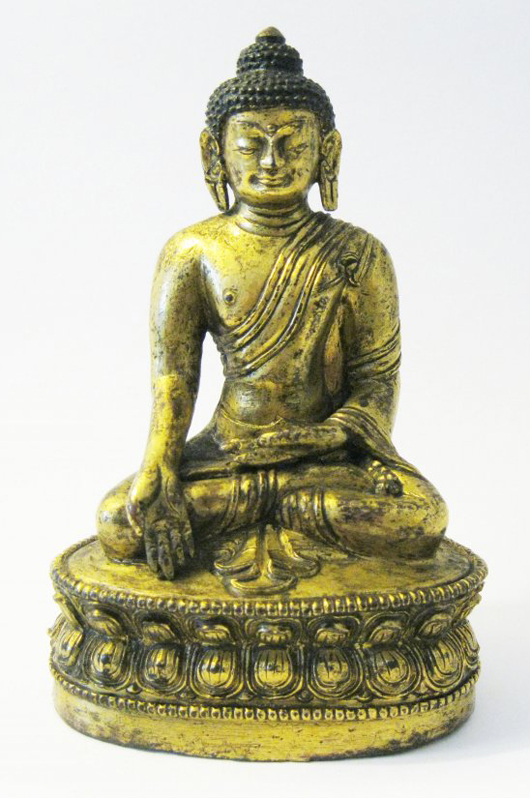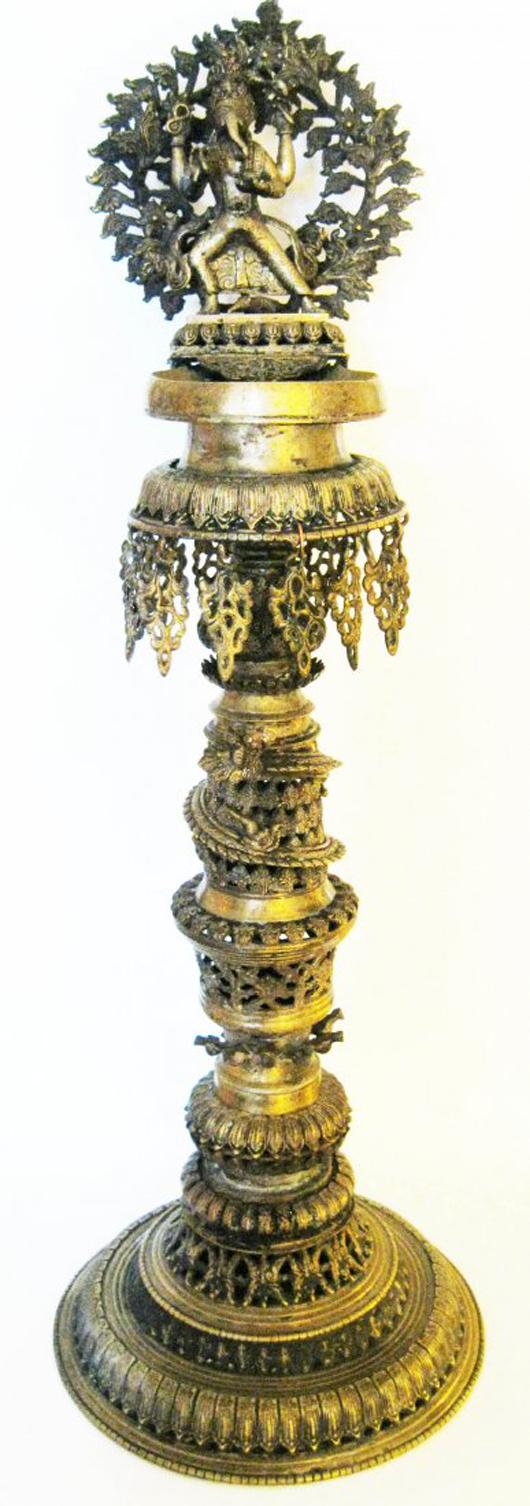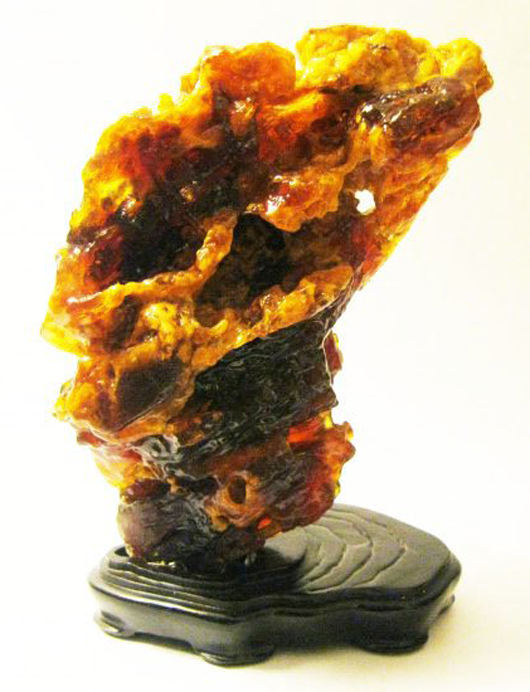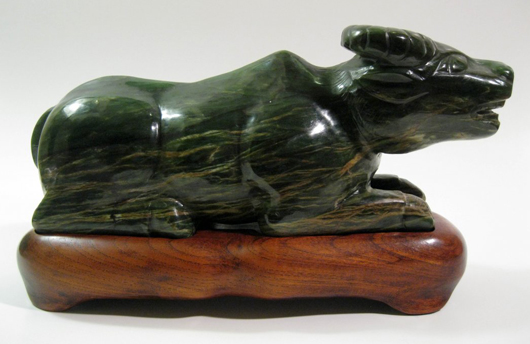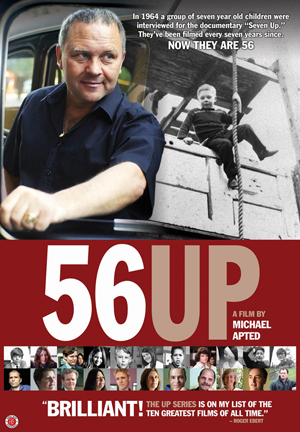
WELLFLEET, Mass. – The latest installment of the ground-breaking documentary film series known as “The Up Series,” 56 UP will screen at Wellfleet Preservation Hall on Friday and Saturday, Feb. 1 and 2 at 7:30 p.m.
This screening is a part of Wellfleet Preservation Hall’s Independent Documentary Series. Curated and produced by Managing Director Vanessa Downing, this series features a diverse, hand-picked selection of newly released documentary films that are independently produced, and in some cases locally made. The array of subjects is certain to tantalize even the most discerning viewer. Screenings are held the first Friday and/or Saturday of every month through April. Scheduled upcoming films include Ferlinghetti: A Rebirth of Wonder and My Louisiana Love.
Offering an extraordinary look at the unfolding of lives, The Up Series has been called “an inspired, almost noble use of the film medium” by film critic Roger Ebert.
In 1964, filmmaker Michael Apted began his career as a researcher on a new experimental series for Granada TV called Seven Up, which explored the Jesuit maxim “Give me the child until he is seven and I will give you the man.” The original concept was to interview 14 children from diverse socio-economic backgrounds from all over England, to see whether a class system was in place. By asking the children about their lives and their dreams for the future, differences in attitudes and opportunity were witnessed.
For almost a half century, Apted has interviewed the original group every seven years, examining the progression of their lives. Now they are 56. From cab driver Tony, to schoolmates Jackie, Lynn and Susan and the iconoclast Neil, the present age brings more life-changing decisions and surprising developments. From success and disappointment, marriage and childbirth, to poverty and illness, nearly every facet of life is discussed with the group, as they assess whether their lives have ultimately been ruled by circumstance or self-determination.
About The Up Sereies, Apted says: “This project has spanned my entire working life. It has been a unique and fulfilling experience, the one I treasure most in my career. I owe a debt to Granada for their five decades of unstinting support, to First Run Features for launching the films in the USA and sticking with us, but my biggest debt is to the participants for their commitment and courage in seeing it all through. It’s no small matter offering your life up for public appraisal every seven years to a large international audience. I’ve known them so long that they’re more like a family than fellow workers. Like a family, we’ve had our good times, our disagreements, but now, all but one of the participants are back for 56UP. I never know how each new film will turn out, except that it’ll be quite different from the last. 21 UP was full of hope, 28 was about children and responsibility, 35 was concerned with mortality when some were losing parents, and 49 had a sense of disappointment with lives maybe not fully achieved. Yet 56 is quite different again, which goes to prove, if nothing else, that our series mirrors life, and is always full of surprises.”
Michael Apted is of one of the most prolific directors of his generation. Since the 1960s, Apted has helmed an extensive list of feature films and documentaries. His feature films include Coal Miner’s Daughter, Gorky Park, Gorillas in the Mist, Thunderheart, Nell, The World is Not Enough, Enigma, Amazing Grace, and the third installment of C.S. Lewis’ The Chronicles of Narnia: The Voyage of the Dawn Treader. His most recent film, Chasing Mavericks for Walden Media and Twentieth Century Fox, tells the true story of Jay Moriarity, the youngest person to surf Mavericks, a famous giant wave in Northern California.
Apted’s documentary credits include, the Boris Grebenshikov film The Long Way Home, Incident at Oglala, Bring on the Night, Moving the Mountain, Me and Isaac Newton, The Power of the Game, and his other longitudinal series Married in America I and II. He also directed the official 2006 World Cup Film. But among Apted’s most widely recognized documentary directorial achievements are his internationally acclaimed, award-winning sequels based on the original 7 UP documentary: 7 Plus 7, 21, 28, 35, 42 UP, 49 UP, and the recent 56 UP, which aired in May on ITV to much acclaim. In addition to his documentary and feature work, Apted has worked extensively in television, including directing the first three episodes of HBO’s epic series Rome.
Apted was born in England in 1941 and studied law and history at Cambridge University. He has received numerous awards and nominations for his extensive body of work, including a Grammy, British Academy Awards, a DGA Award and the International Documentary Association’s highest honor, the IDA Career Achievement Award. By the order of Queen Elizabeth II, Apted was recently made a Companion of the Order of Saint Michael and Saint George for his work in the film and television industries.
Wellfleet Preservation Hall is the outer cape’s newest community cultural center offering performances, education, arts and cultural programs throughout the year. Opened in May 2011, the hall has brought a renewed vibrancy to the heart of Wellfleet center.
Wellfleet Preservation Hall is located at 335 Main St., Wellfleet, MA 02667. Tickets are $10 and available at www.wellfleetpreservationhall.org or phone 508-349-1800.
ADDITIONAL IMAGE OF NOTE
